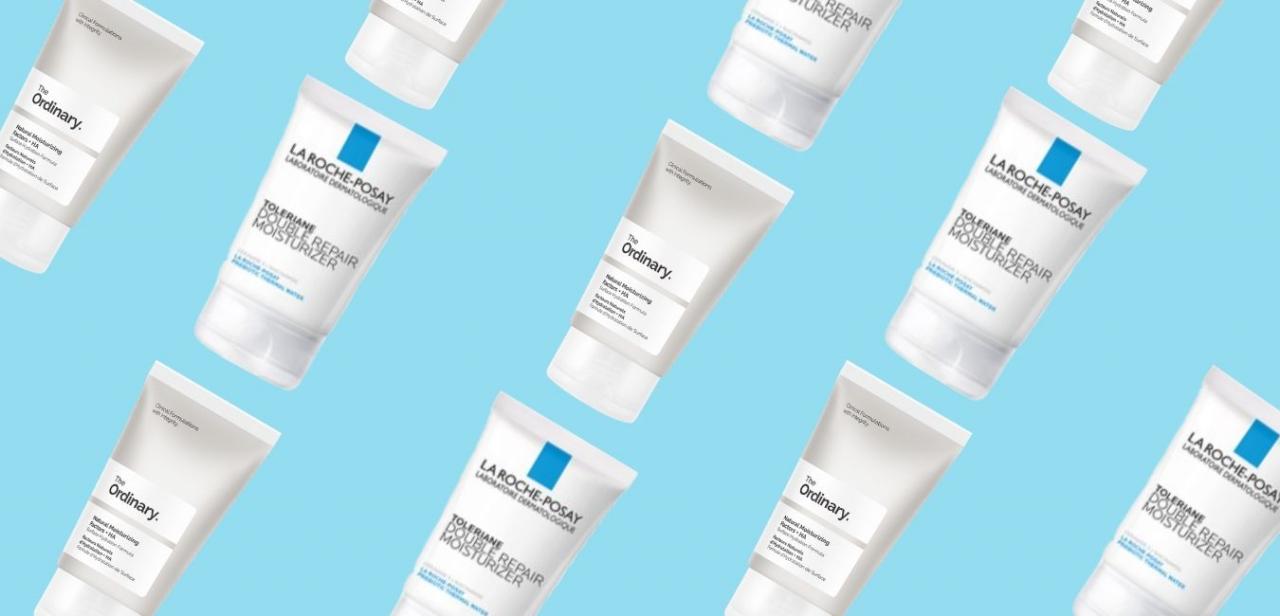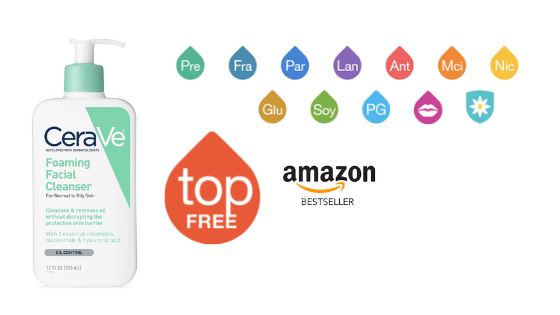
According to the American Academy of Dermatology (AAD), ʺAcne is the most common skin disorder in the United States, affecting 40 million to 50 million Americans.ʺ
The National Institute of Arthritis and Musculoskeletal and Skin Diseases (NIAMS), a part of the Department of Health and Human Services' National Institutes of Health (NIH), states an estimated 80 percent of people between the ages 11-30 will have acne. Acne does not discriminate. People of all color and ages can have acne.
Because acne affects so many young adults, many times acne can cause emotional scars as well as physical scars. In most cases acne is temporary, treatable and manageable.
Sometimes people with acne suffer from depression or low-self esteem. The physical appearance of acne doesn’t define you. If you suffer from acne, think of acne as a phase of your life -- not your life. If you are suffering from depression, contact your primary care physician.
Acne comes in several forms. The AAD says those forms include:
• Pimples or pustules
• Nodules
• Blackheads
• Whiteheads
• Cysts
• Papules
There are several things you can do to manage your acne. The AAD and NIAMS recommend the following:
• Clean skin gently and be gentle to your skin. Overcleaning your skin will make acne worse. Use a mild soap and warm water to cleanse your skin.
• Avoid frequent touching or handling of the skin. Bacteria from your hands can transfer to your skin.
• Apply over-the-counter acne products to CLEAN skin.
• Do not squeeze acne to get rid of it.
• Do not tan to get rid of acne.
• Shave carefully and gently. Use a sharp blade and soften your beard with soap and water BEFORE applying shaving cream.
• Choose cosmetics carefully. Use oil-free products only.
• After you work out or sweat, cleanse your face with an acne wipe or wash your face and neck with a mild soap.
• Wash hair daily with an oil-free shampoo.
• See a dermatologist
If your acne is not clearing up with the above tips, contact a dermatologist in your area. A dermatologist can diagnose your type of acne and they can prescribe a topical medication and/or prescription for your type of acne. Many times, a combination of treatments will occur. Also, after your acne clears, it is recommended to continue medications and eventually taper off. Sometimes a dermatologist may recommend continuing with one medication.
According to the American Osteopathic College of Dermatology, there is a skin disease which resembles acne. Acne inversa, also known as hidradenitis suppurativa (HS), is a skin disease found under your breasts, in your groin-area or under your armpits. If this skin disease clears up and returns in the same area, you may have HS. Contact a dermatologist immediately, if you believe you have HS. Many times, people mistake HS for acne.
Sources:
Acne | http://www.aad.org. Home Page | http://www.aad.org. Retrieved August 28, 2011, from
http://www.aad.org/media-resources/stats-and-facts/conditions/acne
Acne | AAD. Home Page | http://www.aad.org. Retrieved August 28, 2011, from
http://www.aad.org/skin-conditions/dermatology-a-to-z/acne/acne
What Causes Acne?. SkinCarePhysicians.com. Retrieved August 28, 2011, from
http://www.skincarephysicians.com/acnenet/acne.html
Acne: Tips for Managing | AAD. Home Page | http://www.aad.org. Retrieved August 28, 2011, from
http://www.aad.org/skin-conditions/dermatology-a-to-z/acne/tips/acne-tips-for-managing
Q&A Acne. Arthritis, Musculoskeletal and Skin Diseases Home Page. Retrieved August 28, 2011, from
http://www.niams.nih.gov/Health_Info/Acne/default.asp
What is Acne. American Academy of Dermatology. Retrieved August 29, 2011, from
http://www.acne.org/whatisacne.html
Acne signs,symptoms | AAD. Home Page | http://www.aad.org. Retrieved August 29, 2011, from http://www.aad.org/skin-conditions/dermatology-a-to-z/acne/signs-symptoms
Hidradenitis Suppurativa. Welcome to the American Osteopathic College of Dermatology. Retrieved August 28, 2011, from http://www.aocd.org/skin/dermatologic_diseases/hidradenitis_suppu.html
Reviewed August 29, 2011
by Michele Blacksberg R.N.
Edited by Jody Smith





Add a CommentComments
There are no comments yet. Be the first one and get the conversation started!